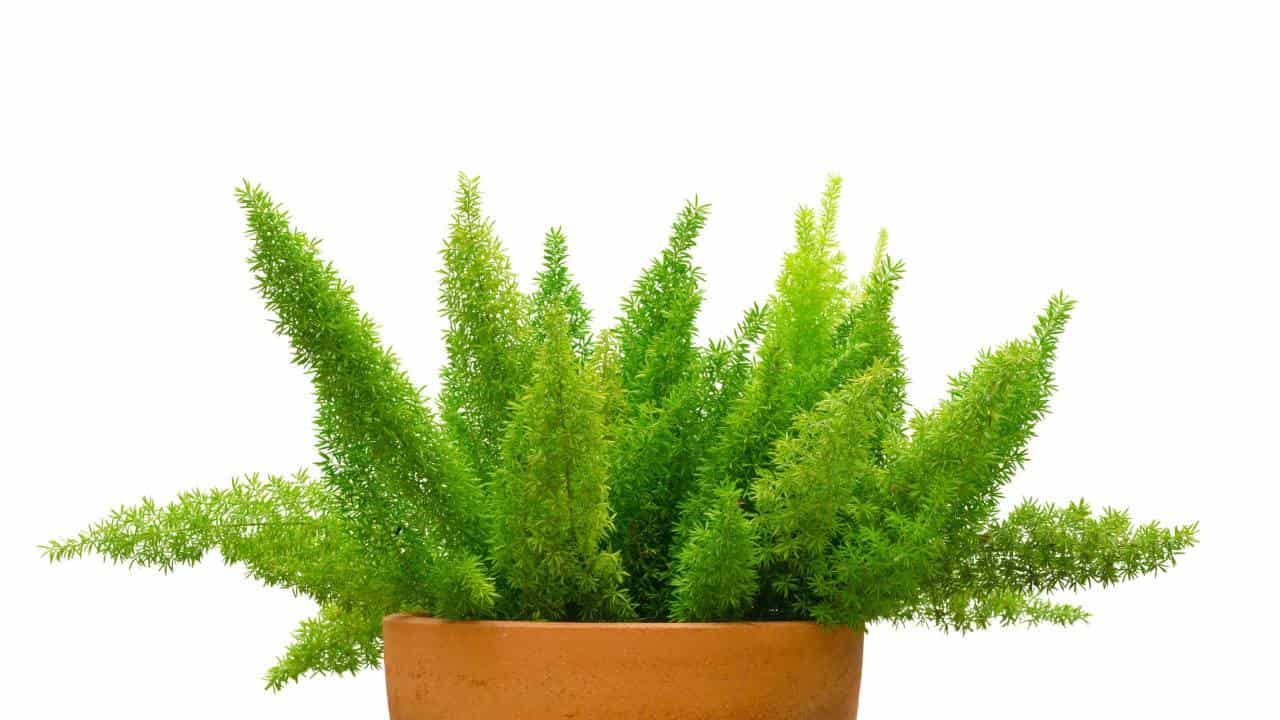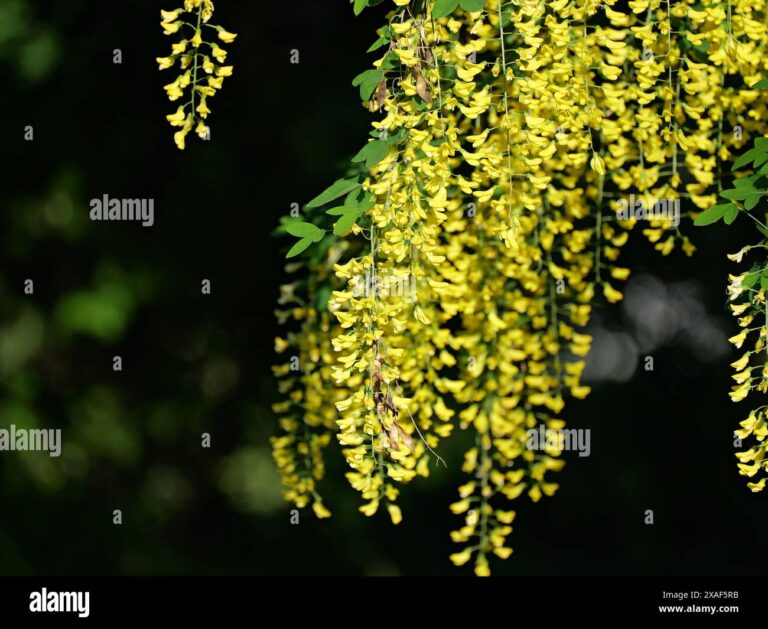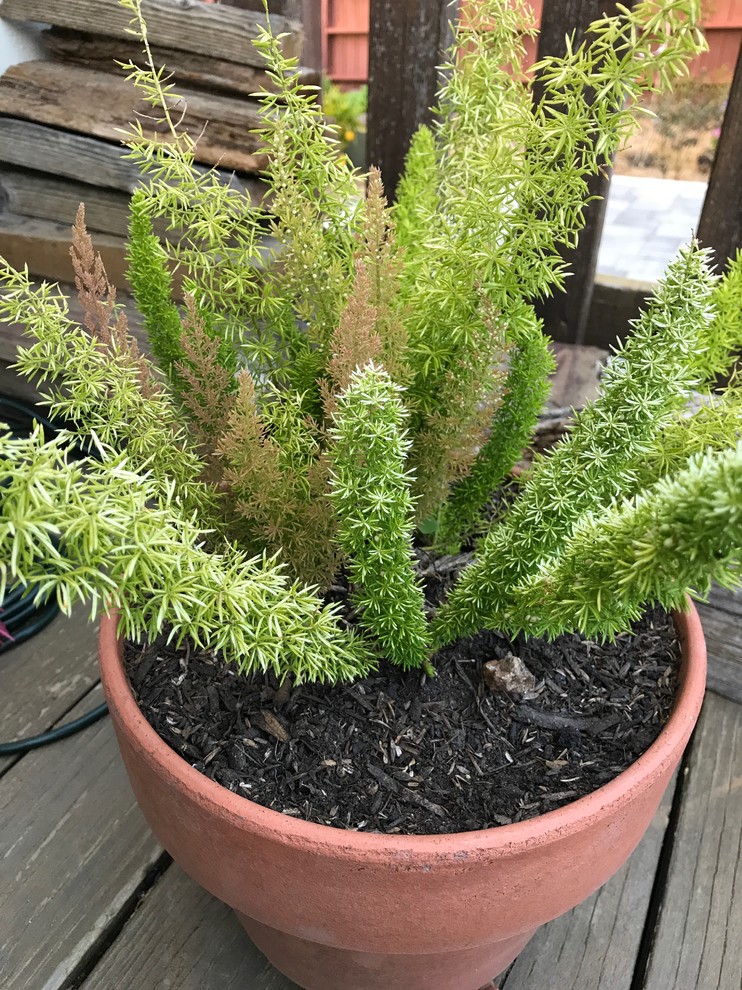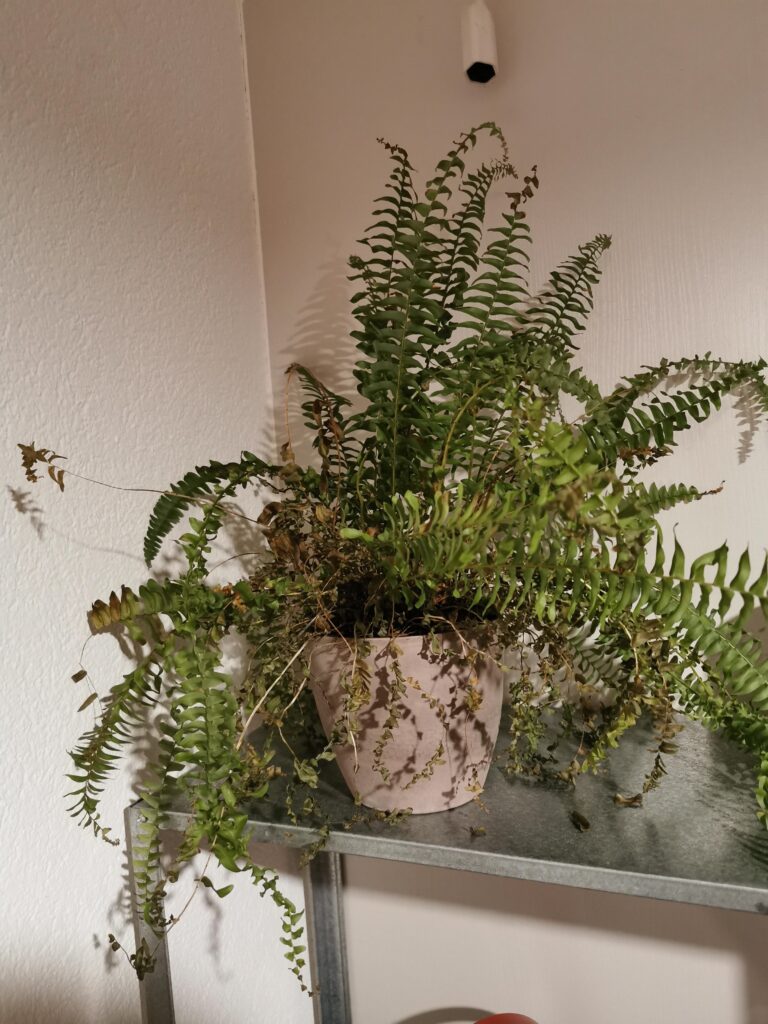The Beauty of Ferns
Understanding the beauty and significance of ferns can enhance one’s appreciation for these versatile plants. Let’s explore the symbolism of ferns and delve into the unique qualities of the Lady in Red Fern.
Symbolism of Ferns
Ferns have long been symbols of growth and protection. Ancient civilizations such as Egypt, Greece, and Rome attributed these meanings to ferns. Their lush green fronds symbolize continuous growth and the resilience to thrive in diverse environments.
In Japan, ferns hold a special symbolic value related to fertility and financial growth. Known to expand rapidly and produce numerous spores, ferns represent the potential for future growth and abundance. The Japanese word for fern, 歯朶, encapsulates this idea, with characters that convey the concept of a branch continuously growing over time.
The Versatile Lady in Red Fern
The Lady in Red Fern (Athyrium filix-forma) stands out for its striking appearance and adaptability. This fern is cultivated primarily for its delicate, ferny foliage and distinctive red stems. It thrives in partially to fully shaded areas, making it a versatile addition to various garden settings, including borders and containers, or as an indoor houseplant.
The Lady in Red Fern prefers acidic to neutral soil and a moist environment, simulating its native North American habitat. It typically grows low to the ground but can create a visually dynamic contrast in any garden or home due to its red stems and lush green foliage.
Key Attributes of Lady in Red Fern
- Light Requirements: Prefers partial to full shade
- Soil pH: Acidic to neutral
- Moisture: Needs consistently moist soil
- Growth Habit: Low-growing, up to 2 feet
| Attribute | Description |
|---|---|
| Light | Partial to full shade |
| Soil pH | Acidic to neutral |
| Moisture | Consistently moist |
| Growth Height | Up to 2 feet |
For further reading on maintaining the health of your ferns, you may check articles about fern plant care and fern plant light requirements. Understanding the specific needs of ferns, including the Lady in Red Fern, ensures they thrive and enhance the beauty of your indoor or outdoor garden.
Growing Ferns Indoors
To successfully grow ferns, particularly the Lady in Red Fern (Athyrium filix-femina), indoors, it is essential to understand their growing conditions and maintenance requirements.
Ideal Growing Conditions
The Lady in Red Fern is cultivated for its ferny foliage with distinctive red stems. This fern is native to North America and thrives in partially shaded to fully shaded locations with acidic to neutral soil. When growing this fern indoors, consider the following conditions for optimal growth:
- Light: Place the fern in a location with indirect or filtered light. Avoid direct sunlight to prevent the fronds from burning. For more information on light requirements, see fern plant light requirements.
- Soil: Use a well-draining, acidic to neutral potting mix. Ensure the soil stays moist but not waterlogged.
- Humidity: Maintain a humid environment around the plant. Placing a humidifier nearby can help ensure the fern receives adequate humidity.
- Temperature: Lady in Red Fern thrives in temperatures typical of USDA zones 3a to 8b, making it suitable for most indoor environments. For more on temperature tolerance, visit fern plant temperature tolerance.
Maintenance and Care Tips
The Lady in Red Fern requires little maintenance. Here are some key tips to ensure your fern remains healthy:
-
Watering: Keep the soil consistently moist without letting it become soggy. Water the fern regularly, especially during dry indoor conditions. For detailed watering tips, check out fern plant watering.
-
Fertilizing: This fern does not require heavy fertilization. If fertilizing, do so sparingly with a balanced, diluted fertilizer. Fertilizing too much can make the soil too rich and affect the plant negatively (Plant Addicts).
-
Cleaning Up: Allow the foliage fronds to overwinter naturally. Clean up the plant in early spring to encourage new growth.
-
Pests: The Lady in Red Fern is resistant to rabbits, making it easy to grow without significant pest issues. However, keep an eye out for common indoor pests like spider mites.
-
Humidity: Regularly mist the plant or use a pebble tray to increase humidity levels if a humidifier is not available.
-
Spacing: If you are growing multiple ferns, provide adequate spacing to allow for growth. Lady in Red Fern can reach up to 30-36 inches in height and spread up to 24 inches.
By following these guidelines, you can create an optimal environment for your Lady in Red Fern, ensuring it remains vibrant and healthy year-round. For further details, visit our articles on fern plant care, fern plant growing on a trunk of a tree, and more comprehensive fern plant care in winter.
Different Types of Ferns
Ferns come in various species, each with unique characteristics making them ideal for different gardening needs. In this section, we’ll explore four fascinating types of ferns: Bulblet Ferns, Crested Wood Fern, Ostrich Fern, and Marsh Fern.
Bulblet Ferns
Bulblet Ferns, also known as Bulblet Bladder Ferns, are versatile and resilient. These ferns maintain a reddish-brown tinge throughout the summer, thriving in low, moist areas. They can tolerate a wide range of light conditions, from full sun to full shade, and remain green and fresh even in dry situations. This makes them suitable for various environments.
| Characteristics | Details |
|---|---|
| Light Requirements | Full sun to full shade |
| Soil Type | Moist areas |
| Appearance | Reddish-brown tinge in summer, stays green in dry conditions |
Crested Wood Fern
Crested Wood Fern is a clumping fern ideal for loam to clay soils. Known as semi-evergreen, its fertile fronds collapse during winter, while the sterile fronds remain green, providing excellent ground cover over time. This fern is great for gardeners looking for low-maintenance plants that still offer robust coverage.
| Characteristics | Details |
|---|---|
| Light Requirements | Partial shade |
| Soil Type | Loam to clay soils |
| Appearance | Semi-evergreen, clumping habit |
Ostrich Fern
Ostrich Fern is known for its slow but persistent spread and can reach up to 4 feet in height. It prefers dappled shade and seasonally wet soil, making it a great companion for plants like Virginia Bluebells, Trilliums, and Bloodroot. Moreover, its fiddleheads are edible and a delicacy in spring (Native Plant Gardener).
| Characteristics | Details |
|---|---|
| Light Requirements | Dappled shade |
| Soil Type | Clay to sandy loam, seasonally wet |
| Appearance | Up to 4 feet tall, edible fiddleheads in spring |
Marsh Fern
Known also as Marsh Shield Fern, Northern Marsh Fern, and Eastern Marsh Fern, the Marsh Fern is highly resilient and sun-loving. It’s ideal for bog gardens, thriving in rich, acidic, sandy loam or any moist garden soil. This fern forms dense mats, providing cooling shade in moist areas and showing remarkable toughness (Native Plant Gardener).
| Characteristics | Details |
|---|---|
| Light Requirements | Full sun |
| Soil Type | Rich, acidic, sandy loam or moist garden soil |
| Appearance | Forms dense mats, cooling shade |
Understanding the different types of ferns and their unique characteristics can help you make informed decisions for your garden. Each fern type offers distinct benefits, making them a valuable addition to various gardening styles and environments. For more on how to care for ferns, check out our articles on fern plant care, fern plant watering, and fern plant temperature tolerance.
Unique Characteristics of Ferns
Understanding the unique characteristics of different ferns can help gardeners choose the right variety for their homes and landscapes. Below, we explore the notable traits of the Cinnamon Fern and Lady Fern, and provide tips for identifying different fern species.
Cinnamon Fern
The Cinnamon Fern (Osmunda cinnamomea) is known for its striking appearance and adaptability. It provides gorgeous fall color and can reach impressive heights, similar to the Royal Fern. This fern thrives in part to full shade but also tolerates full sun if planted in standing water, making it an ideal choice for ponds or bog gardens (Native Plant Gardener). The Cinnamon Fern can grow in various soil types, including muck.
Key Characteristics:
- Height: Up to 5 feet
- Sunlight: Part to full shade; tolerates full sun in watery conditions
- Soil: Versatile; including muck
- Color: Provides striking fall color
Lady Fern
The Lady Fern (Athyrium filix-femina) stands out with its reddish or wine-colored stalk, known as the rachis. Another distinguishing feature is the widely spaced pinnae on its fronds (TrekOhio). This graceful fern adds a delicate texture to garden settings and is relatively easy to care for.
Key Characteristics:
- Stalk Color: Reddish to wine-colored
- Pinnae Spacing: Widely spaced on the rachis
- Environment: Suitable for shaded areas with moist, well-drained soil
Identification of Fern Species
Proper identification of fern species is crucial for understanding their care requirements and ensuring their health. Here are some tips to help identify different ferns:
- Frond Structure: Examine the overall shape and structure of the fronds. Note if they are divided or feathery, and observe how the pinnae (leaflets) are arranged.
- Stalk Color: Pay attention to the color and texture of the stalk (rachis). Some ferns, like the Lady Fern, have distinctively colored stalks.
- Spore Location: Ferns reproduce via spores, often located on the underside of their fronds. The location and arrangement of sori (spore-producing structures) can help identify species. For instance, the Interrupted Fern has fertile pinnae with sori and sterile pinnae on the same frond, unlike the Cinnamon Fern (TrekOhio).
For more detailed information on caring for specific fern species, refer to our articles on fern plant care and fern plant propagation. Additionally, consider how environmental factors like temperature and light requirements impact ferns, as discussed in our guides on fern plant temperature tolerance and fern plant light requirements.
By understanding the unique features of different ferns and learning how to identify them, gardeners can successfully cultivate and care for these beautiful plants in their indoor and outdoor spaces.




